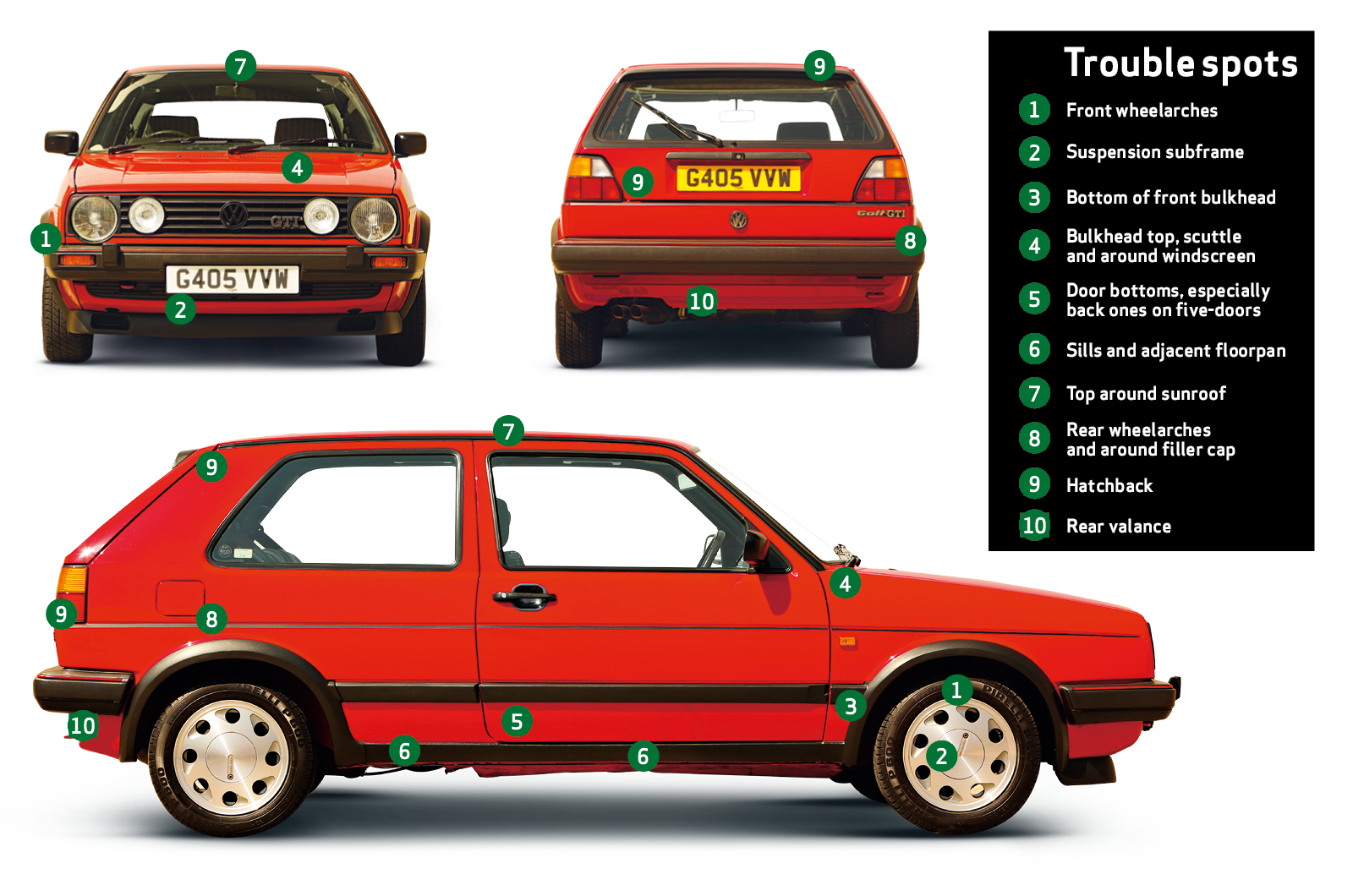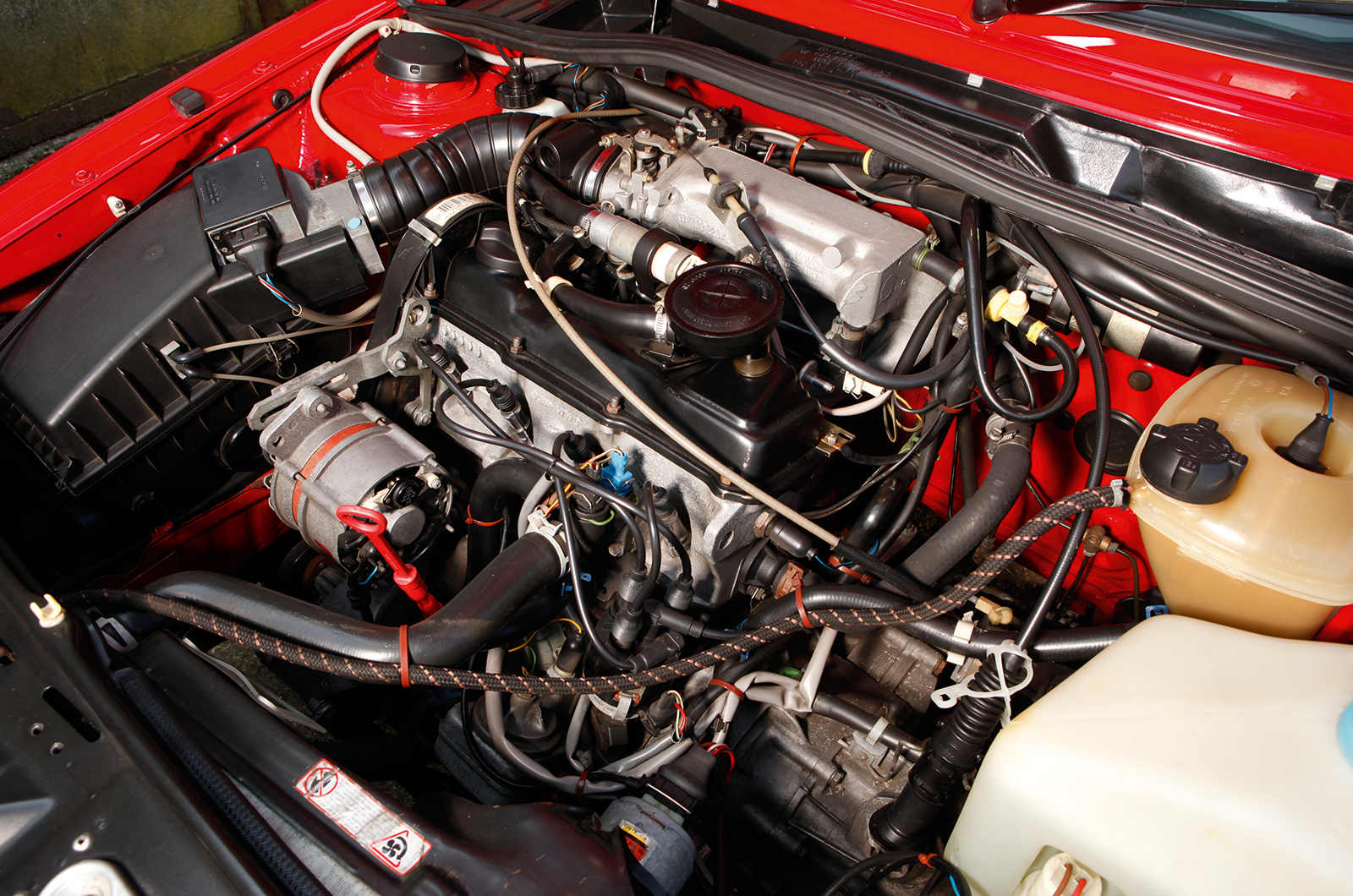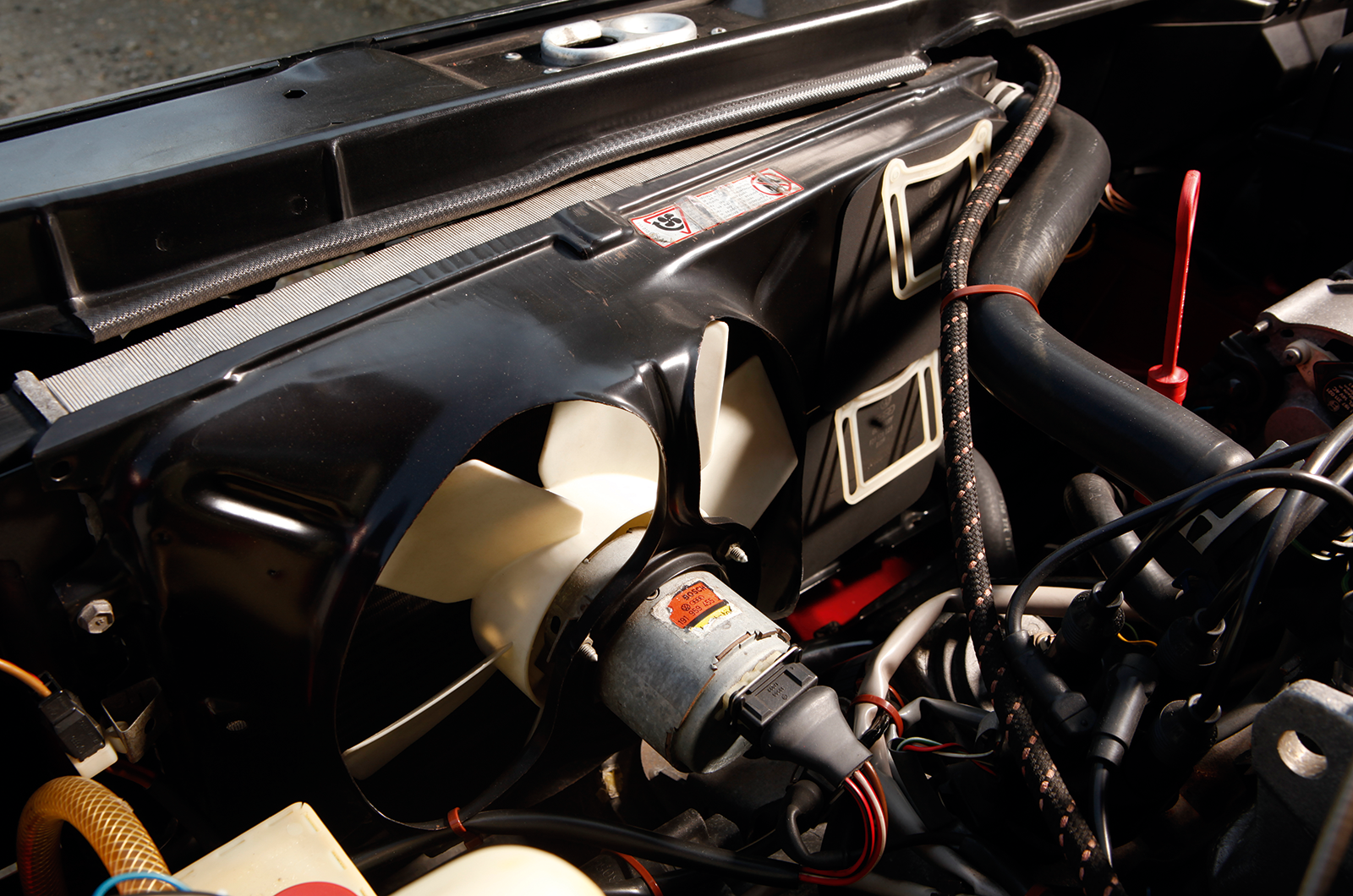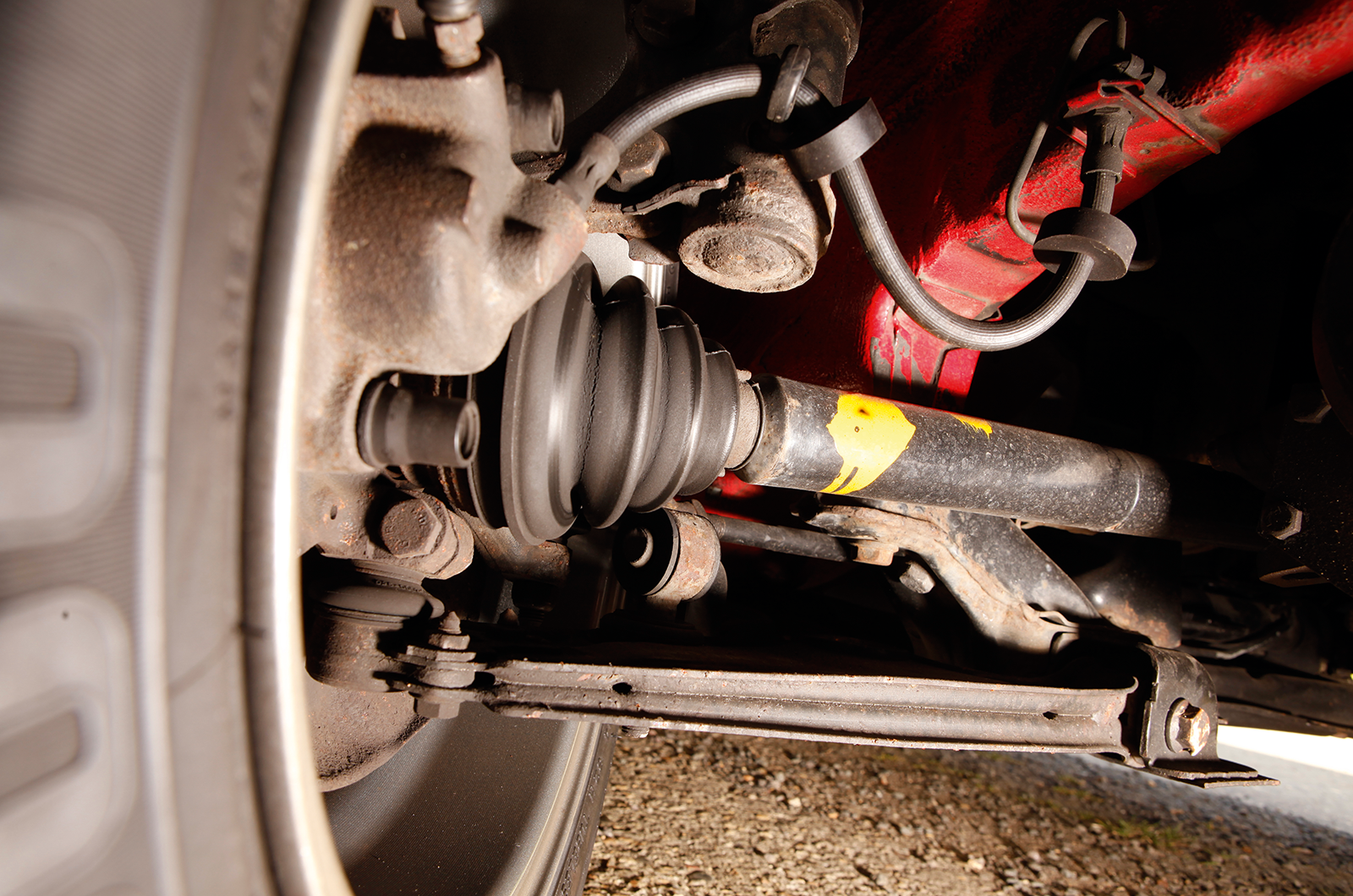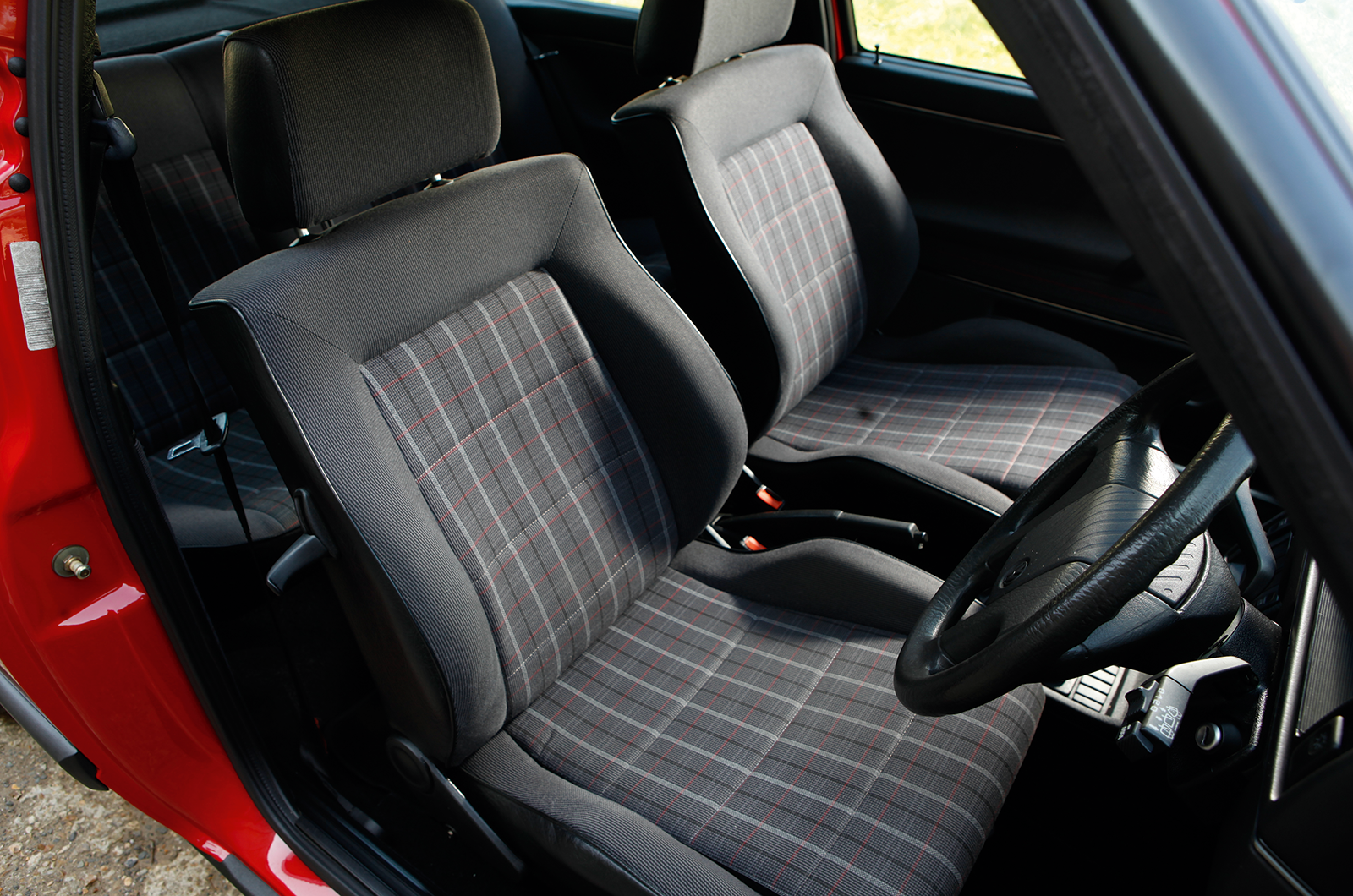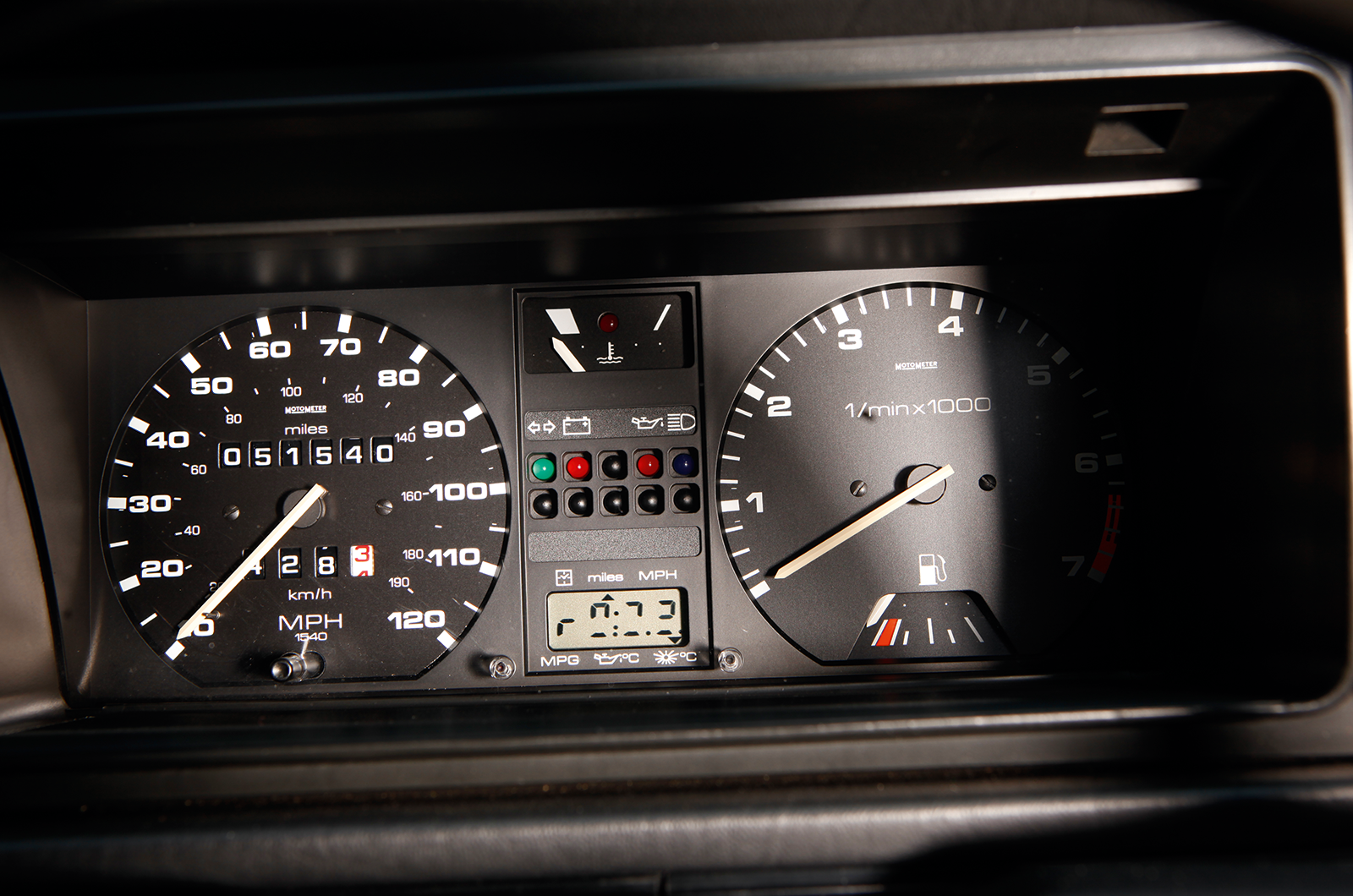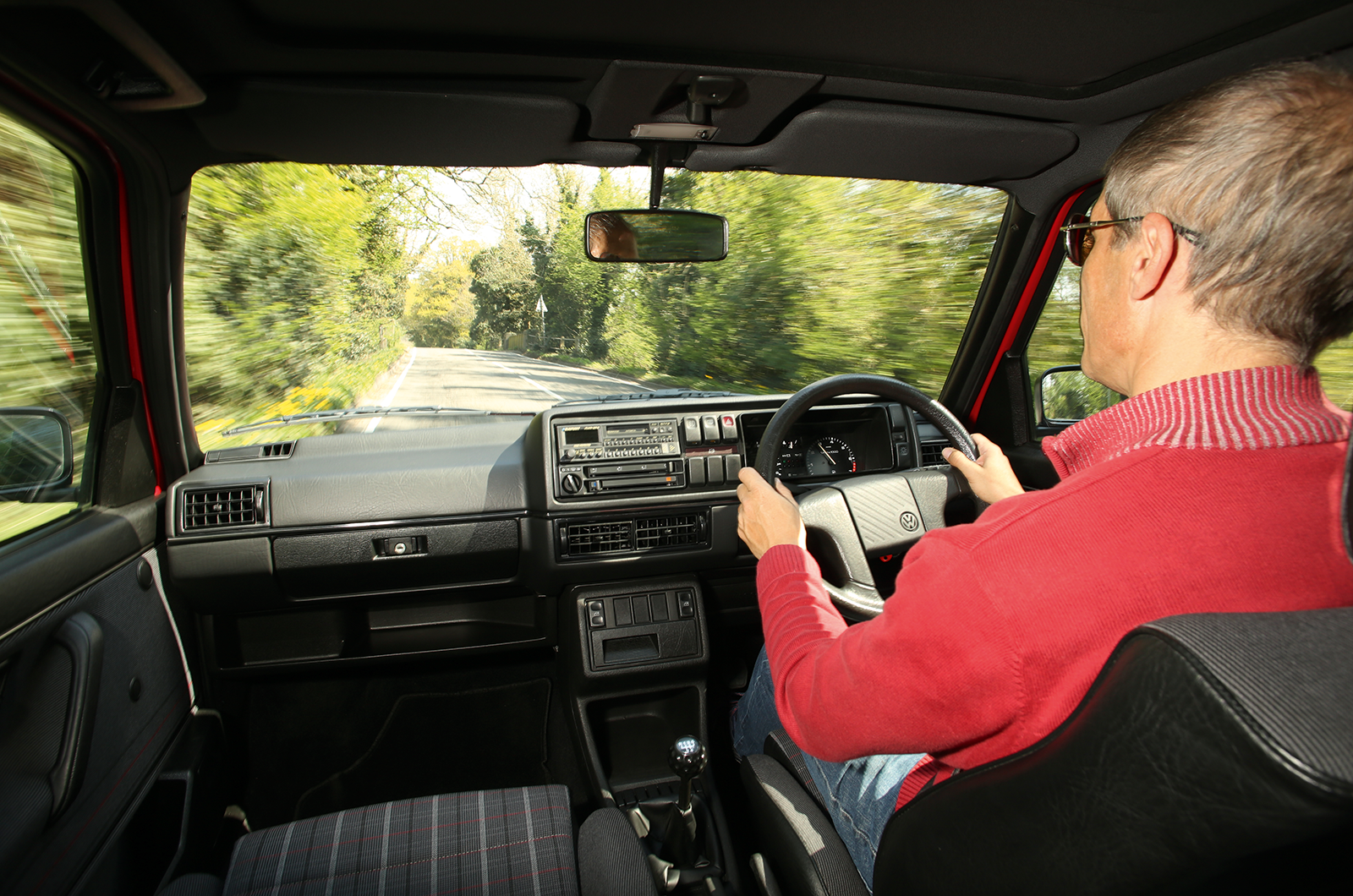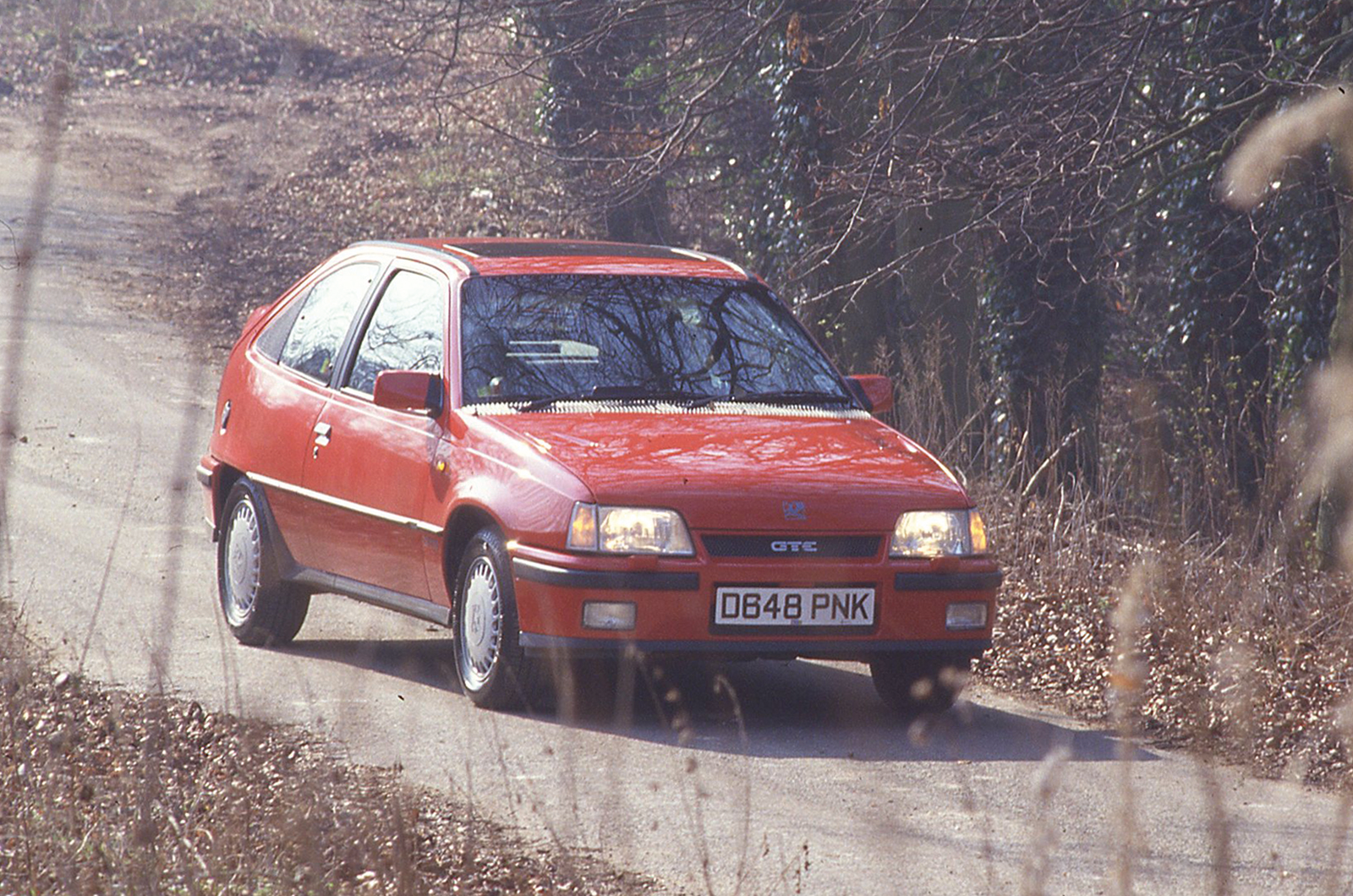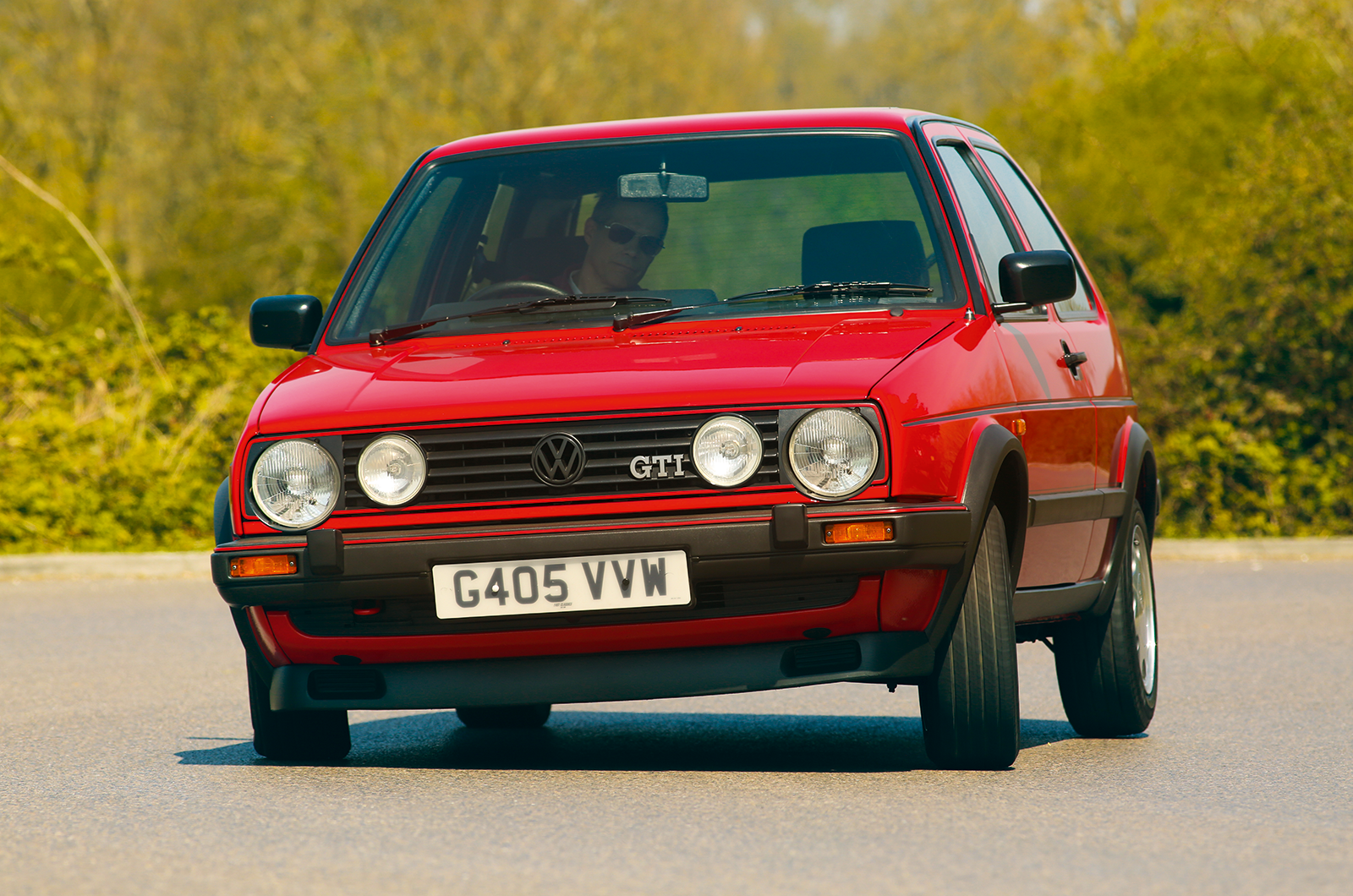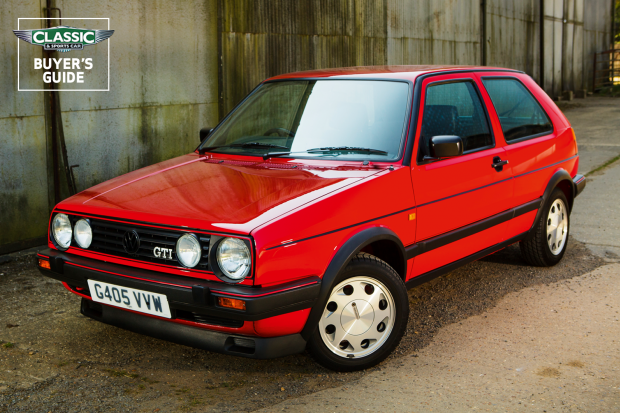
Why you’d want a Volkswagen Golf GTI Mk2
The Golf GTI came of age in Mk2 form: fast, powerful and latterly developed with dual overhead cams, 16 valves plus, ultimately, four-wheel drive and supercharging.
When production ended in ’92, it marked the end of an era: the Mk3 couldn’t hold a candle to it, so the Mk2 was guaranteed future collectable status. Now that most qualify for classic insurance, prices of the best examples are rising.
The wheelbase grew 3in, track 1-2in, width 2in and length almost 7in from the Mk1, greatly increasing cabin space. Weight rose 10%, but aerodynamics improved dramatically – drag coefficient dropping from 0.42 to 0.34 thanks to integrated gutters, flush glass and more rounded styling.
Disc brakes all round were a step up, too, while four headlamps and red bumper inserts set the GTI apart from lesser models.
At the new robot-intensive production plant, heated bodyshells were dipped in liquid wax to enhance durability. Heating and ventilation were better, and longer suspension travel refined the ride.
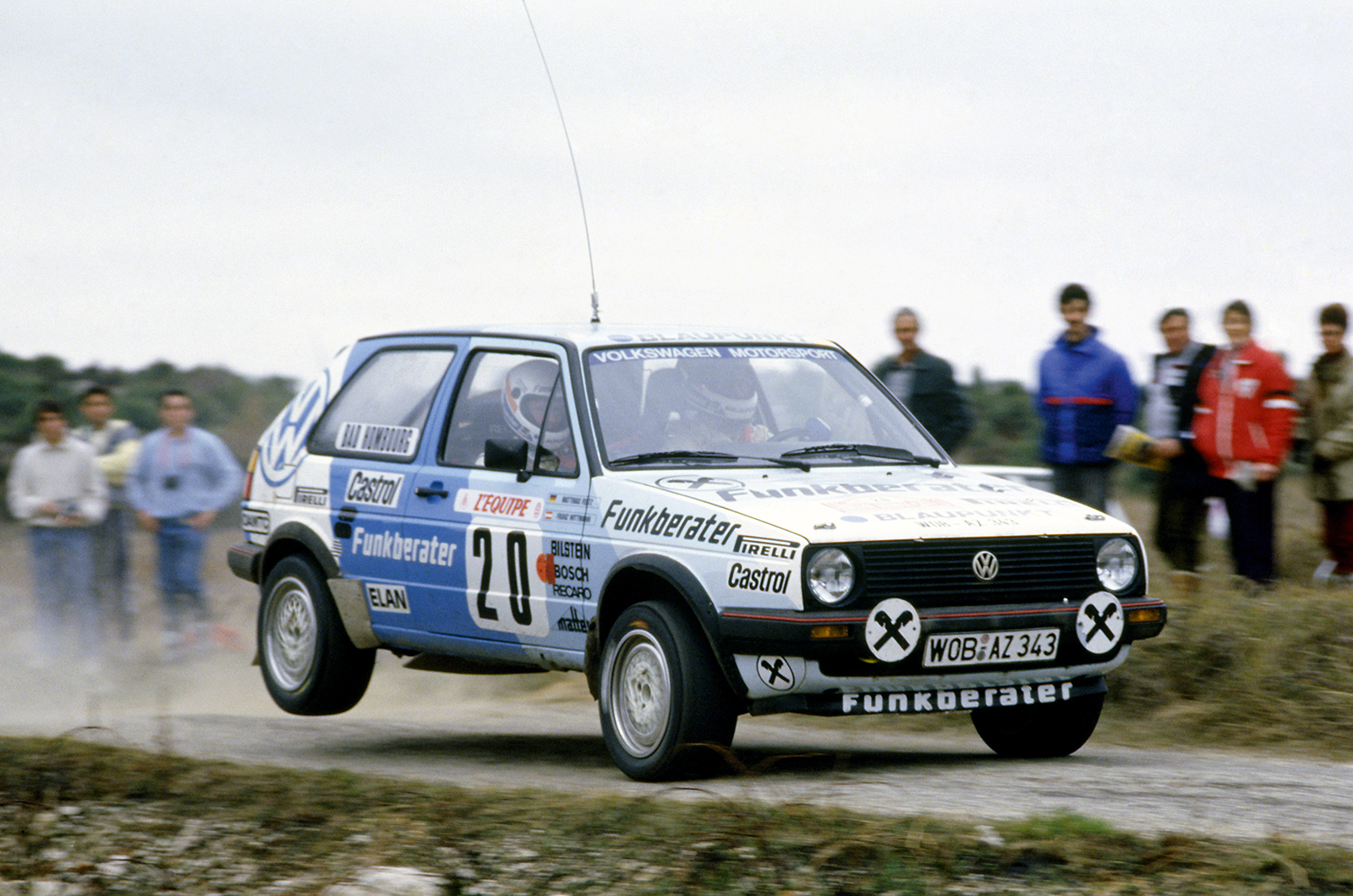
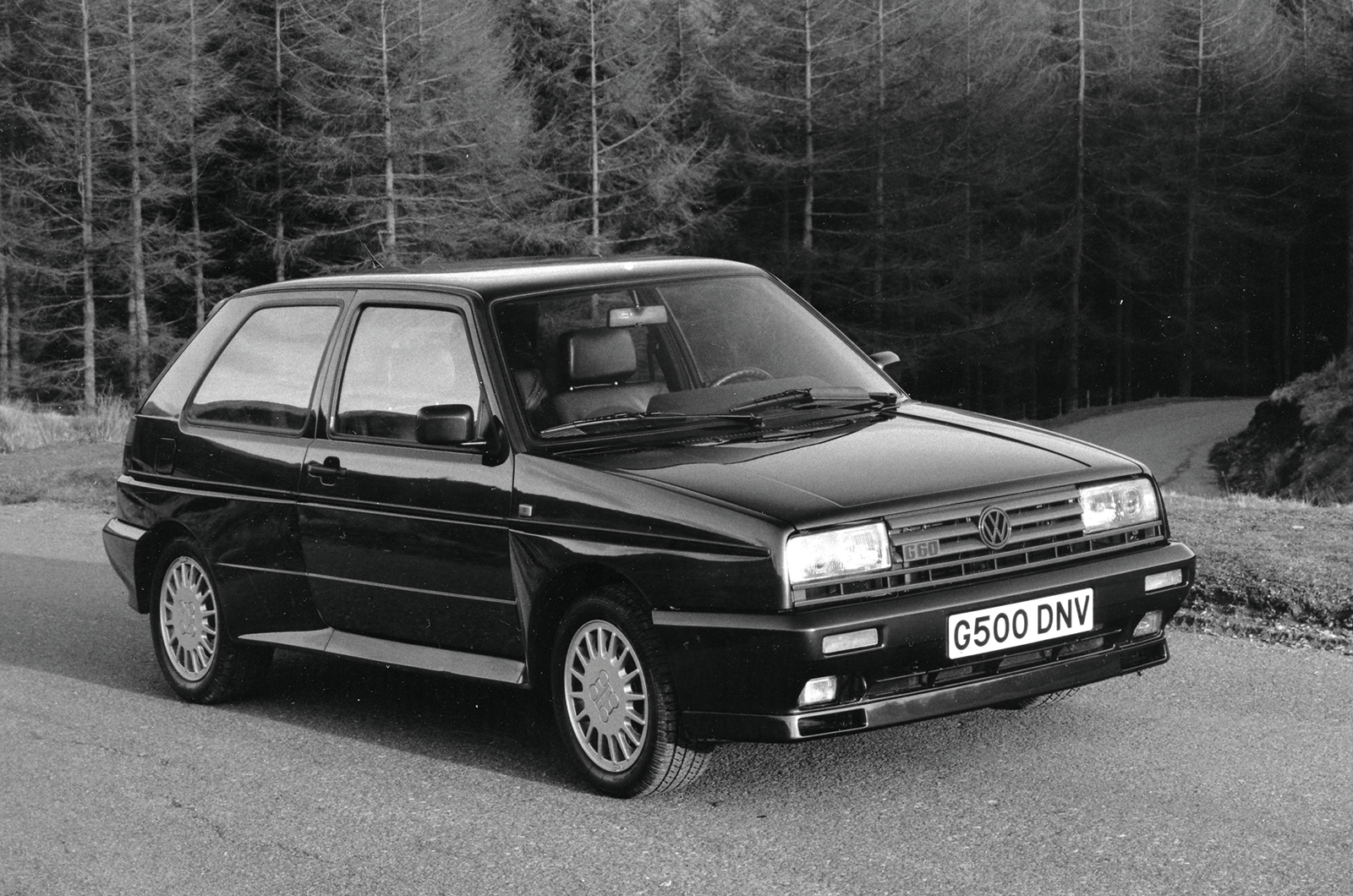
16V of Franz Wittman/Matthias Feltz (left); über-rare G60 and G60 Rallye are now highly collectable

